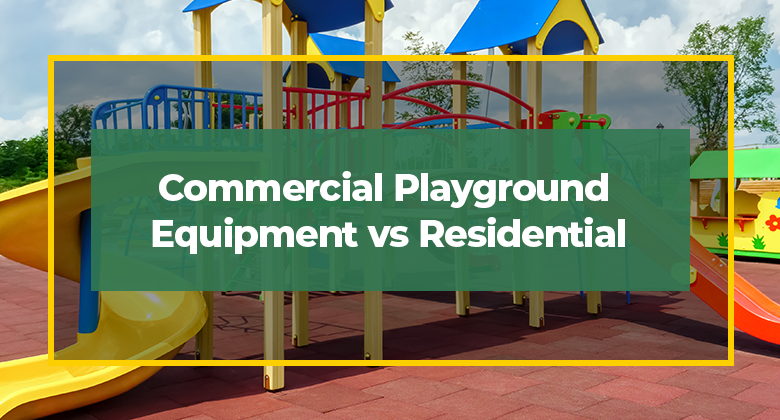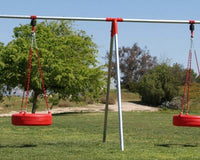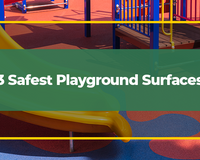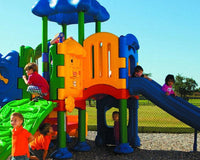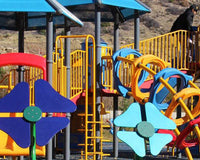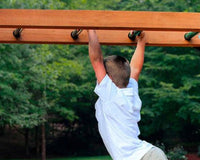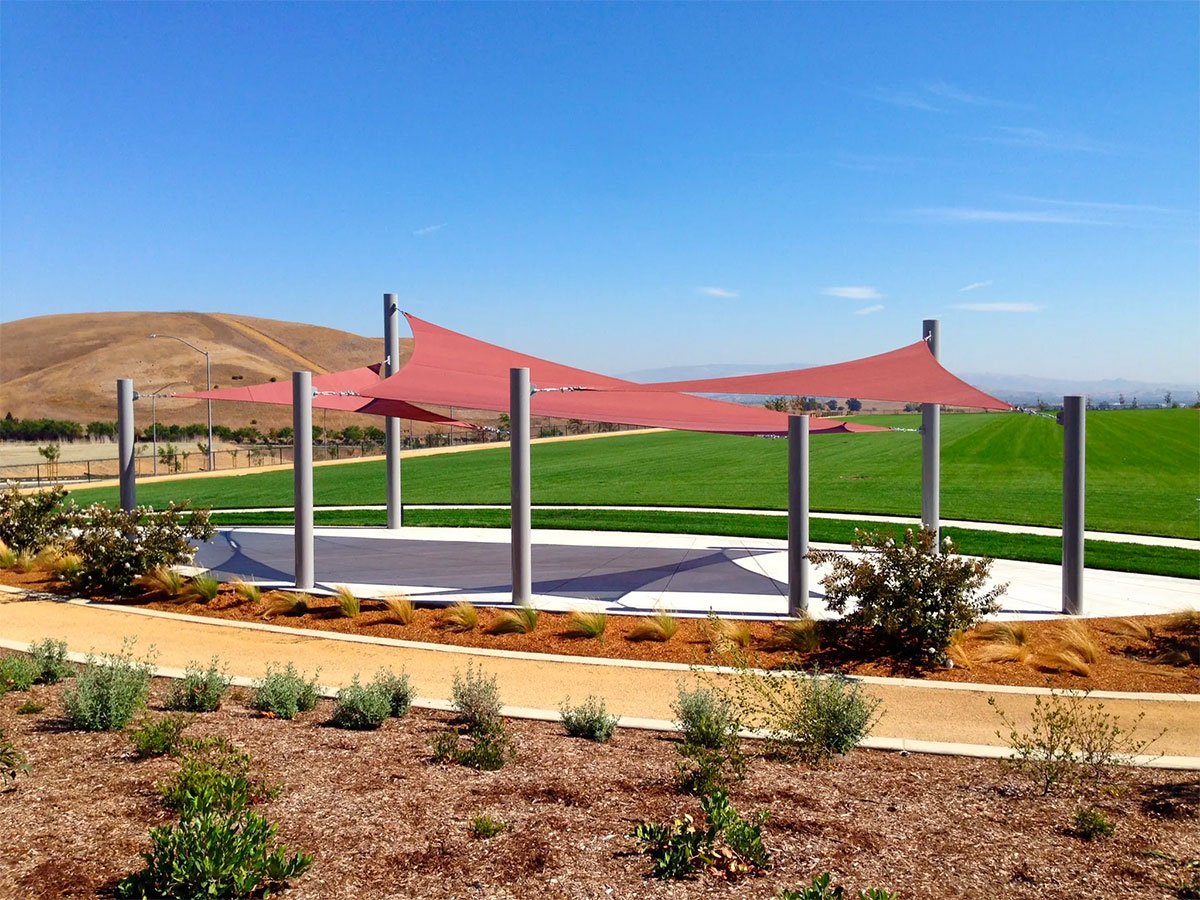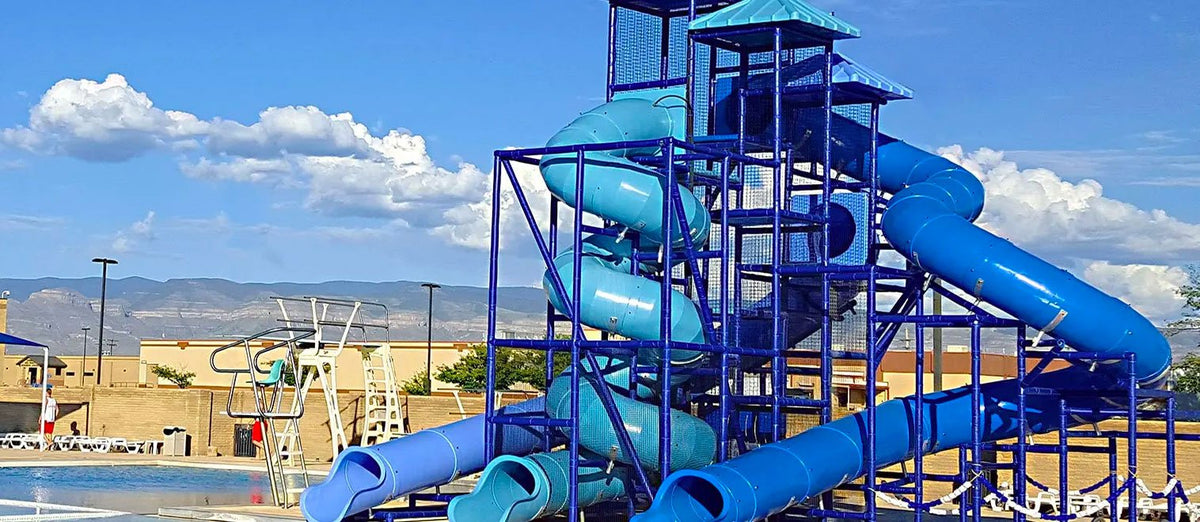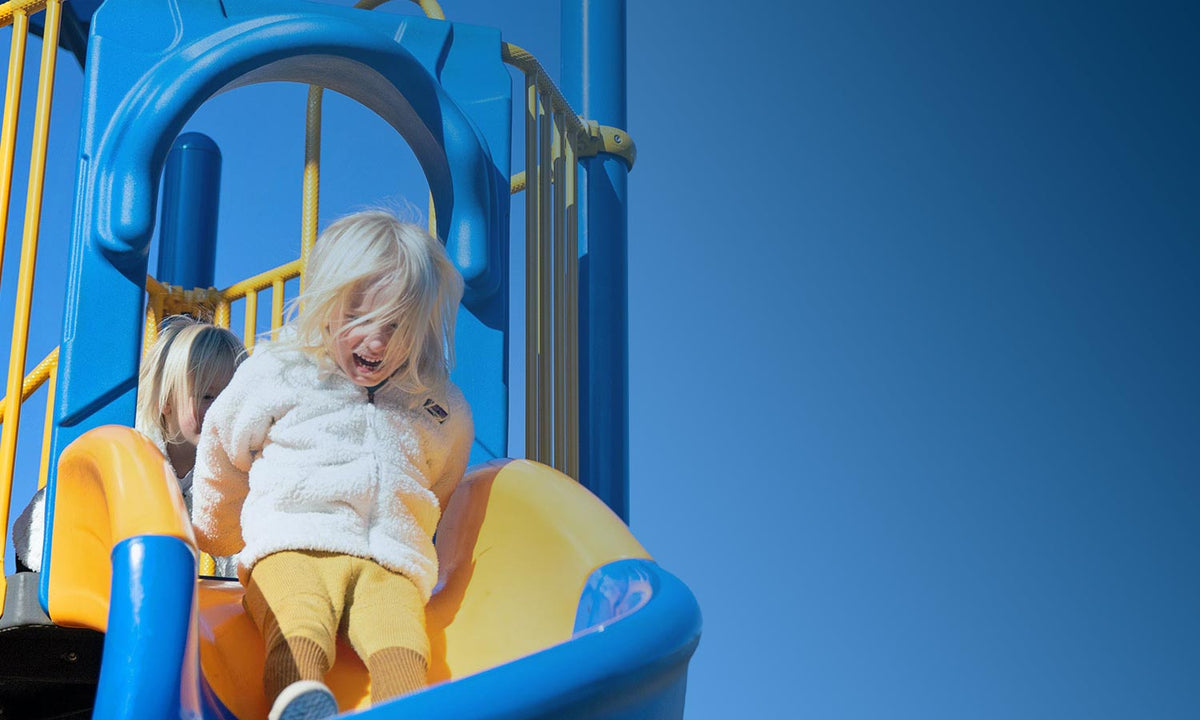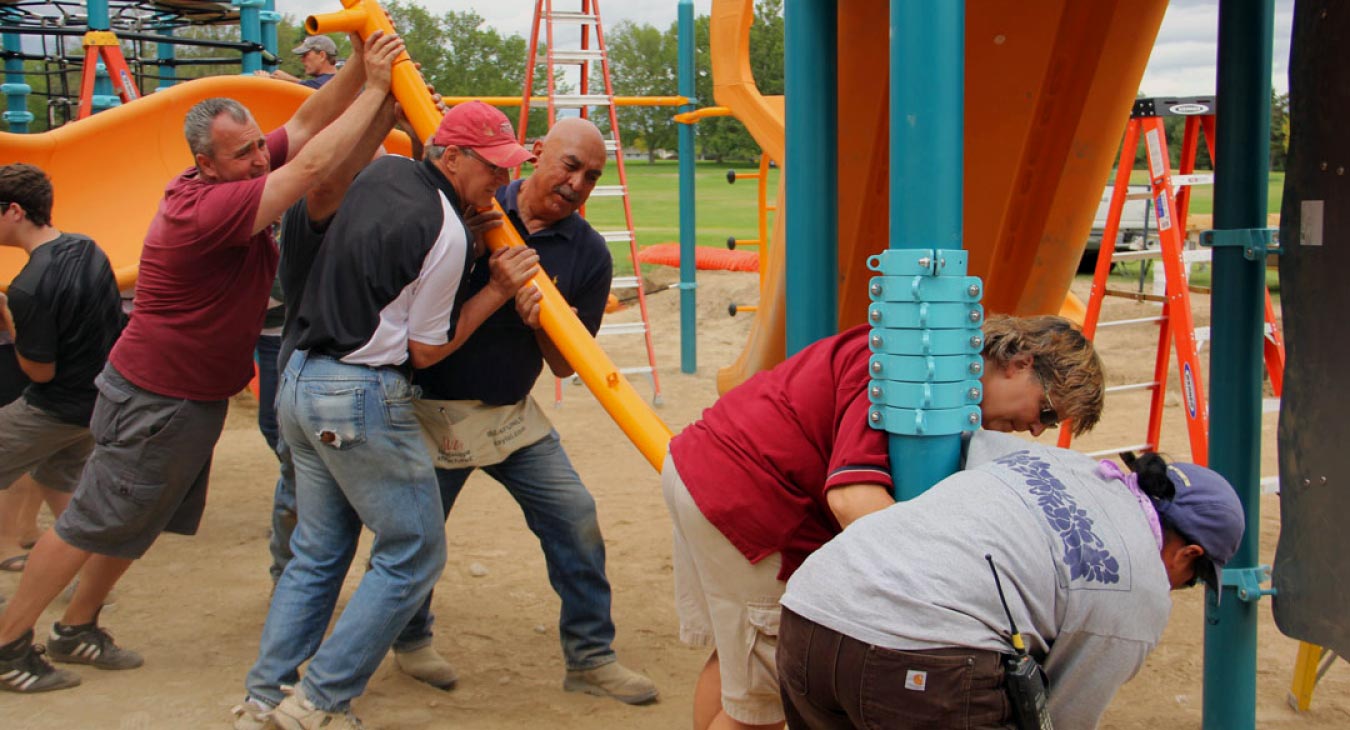Choosing the right playground equipment is a significant decision that can impact your child’s safety, development, and enjoyment. Whether you’re considering commercial playgrounds for public spaces or residential playgrounds for your backyard, understanding their unique characteristics is essential.
This article will explore the differences between commercial and residential playground equipment, covering design, safety standards, durability, and customization options.
Purpose and Usage
Commercial playsets serve many children at once, often in public or shared spaces like parks and schools. These structures have a larger size to accommodate high-traffic needs. They offer various features for different age groups, inviting active play and social interactions among kids.
On the other hand, residential playground structures are designed for family homes with fewer users in mind. Their purpose is to provide affordable playground equipment tailored for individual household use.
Though smaller than their commercial counterparts, these playsets still promote physical activity and imaginative play at home.
Design and Play Features
Commercial and residential playground equipment differ significantly in design and play features. The commercial ones are designed to accommodate a wide range of age groups, from toddlers to older children, while residential playgrounds are typically tailored for specific age ranges.
Commercial playsets often incorporate sensory elements to enhance the play experience for children with special needs. They’re also usually intended for public use and can handle the rough-and-tumble of children’s play daily.
The structures often boast a variety of elements like slides, swings, climbing walls, and more to entertain large groups of kids.
Residential playgrounds are typically designed for one or two families. They’re smaller with fewer elements but still packed with fun features that engage children in active play at home.
Commercial and residential playgrounds are designed differently, but each serves unique needs while effectively promoting outdoor activity among children.
Different Age Groups

Photo by Bruna Saito on Pexels
Playgrounds are designed with different age groups in mind, ensuring that the equipment installed aligns with these varying needs and interests. Here’s how this translates across different age categories:
Toddlers
For the littlest ones, residential playgrounds often offer swings, small slides, and simple climbing structures. Commercial playgrounds also provide toddler-friendly equipment but add elements like play panels and more extensive climbing units.
Preschoolers
Both types of playgrounds will have equipment suitable for this age group. Residential playgrounds might include sandbox areas, low-balance beams, and small jungle gyms. Commercial variants house miniature rock walls, tunnels to explore, and rotational equipment like carousels.
School-Age Children
As children grow older, the complexity of playground equipment advances. Residential yards might host larger swing sets or trampolines. Commercial venues present more challenging features such as monkey bars, larger slides, or climbing towers.
Teens and Adults
Both residential and commercial sites can accommodate these age groups with fitness stations or more advanced climbing structures. Such setups serve fitness interests, allowing challenges for skill and endurance enhancement.
Sensory Elements in Design
Commercial and residential playgrounds can enhance children’s sensory development. Incorporating different textures into play equipment stimulates touch senses. For example, smooth steel playground equipment contrasted with rough sand or mulch will give varying tactile responses.
Similarly, brightly colored structures appeal to visual senses and aid in color recognition for younger children.
Unique shapes of play equipment also offer excellent opportunities to explore spatial awareness and motor skills coordination. A climbing structure needs careful navigation, while a swirling slide provides a sense of balance control.
These elements create an immersive sensory environment that helps your child grow physically, mentally, and emotionally while having fun during outdoor play.
Safety and Standards

Photo by Yan Krukau on Pexels
Exploring the safety and standards of playground equipment is essential for informed decision-making. Let’s take a closer look at the regulations and guidelines governing these play spaces.
Regulation
Public playgrounds, such as those found in parks and schools, must meet specific standards set by regulatory bodies to ensure the safety of children.
These regulations cover various aspects, including equipment design, installation requirements, and maintenance guidelines. Compliance with these regulations ensures that playgrounds are built to withstand heavy use and meet safety standards.
Always choose play equipment that meets all necessary certifications and adheres to the regulations for public safety. Doing so allows kids to enjoy safe outdoor play without compromising on fun and excitement.
Certifications for Public Safety
Look for equipment that meets certification standards set by organizations such as ASTM International (American Society for Testing and Materials) and the CPSC (Consumer Product Safety Commission).
These certifications ensure the equipment has undergone rigorous testing and meets strict requirements. Some manufacturers may also have their own proprietary certifications or quality seals.
Durability and Longevity
For durability and longevity, commercial playsets are designed to withstand high traffic and heavy use, with materials like galvanized steel and durable plastics.
Residential playground equipment may be less robust, but it can still provide years of fun backyard adventures.
Difference in Materials
Commercial play structures are typically constructed using durable materials such as heavy-duty steel or high-quality plastic. These materials are designed to withstand the wear and tear of frequent use by many kids, making them ideal for public parks and schools.
Residential playgrounds may utilize lighter materials that are still sturdy enough for family use but generally not built to handle large numbers of users.
By choosing a playset made from appropriate materials, you can ensure its longevity and safety for your kids.
High-Traffic Needs
Commercial playsets can withstand the demands of high-traffic areas, such as parks, schools, and community centers. These spaces often see many children playing at once, so the equipment needs to be able to hold up under heavy use.
They also have features that allow them to accommodate more users at a time, with larger play structures and multiple slides, swings, and climbing elements.
If you’re expecting a lot of foot traffic in your playground area, opting for commercial-grade equipment will ensure it stands up to the challenge. Look through the catalog at WillyGoat to find the perfect equipment for a commercial playground.
Residential playsets are more suitable for family homes or smaller communities where there isn’t as much foot traffic. These playsets come in various shapes and sizes but are usually built on a smaller scale than their commercial counterparts.
Although they have fewer features and accommodate fewer users, they’re still designed for durability and provide fun in a home setting.
Customization and Flexibility
The main difference between commercial and residential playsets is customization and flexibility. Commercial equipment is often standardized, with limited options for customization. Customizations usually include changing the type of slide or color schemes.
Residential playground structures can be tailored to fit individual families’ specific needs and preferences. Depending on the brand you purchase, you should see a variety of designs, features, accessories for sale, and layouts.
When considering your playground needs, think about how customizable you want the equipment to be and whether it can adapt to changing needs over time.
Considerations for Changing Needs

Photo by 1Love Lucas on Pexels
As your kids grow and develop, their play needs will change. When choosing playground sets for your home, consider those that can adapt to their evolving interests and abilities.
Look for equipment that offers flexibility in design and customization options. This way, you can easily add or modify components as needed. Consider the size of the playground structure as well, ensuring there is enough space for new equipment if desired.
Taking these into account ensures that your investment in playground equipment will continue to meet your child’s changing needs throughout their childhood.
Cost and Budget Considerations
Commercial playsets typically come with a higher price than residential options, as they’re built to withstand heavy use and meet specific standards.
They also often require professional installation and site preparation, which adds to the overall cost. Residential playground equipment is more affordable and can be purchased from large box retailers or online suppliers.
When considering the cost and budget for playground equipment, several factors need to be weighed. These include the number of users, the size of the playground area, and desired features. Long-term maintenance needs should also be taken into account before finalizing your decision.
Community Impact and Accessibility
Both commercial and residential playgrounds play a crucial part in promoting community engagement and inclusivity. They provide accessible features that ensure all members of the community, regardless of their abilities, can enjoy the spaces.
Playgrounds serve as vibrant community hubs, cultivating social interaction among different age groups and backgrounds and fostering a greater sense of community engagement. They also contribute to the overall wellness of the community, promoting physical activity and outdoor play among kids.
Learn more about how commercial and residential playground equipment can positively impact your community!
Importance of Accessible Features
Incorporating accessible features into playground design is crucial for children of all abilities to fully enjoy play. This includes ramps, transfer platforms, and ground-level activities, which increase accessibility for children with physical disabilities or limited mobility.
Integrating these features fosters a welcoming and inclusive environment. This stimulates interaction, shared enjoyment, and mutual learning among all children, fostering social skills, empathy, and stronger community bonds.
Both commercial and residential playgrounds can accommodate all children by incorporating accessible swings, ramps, and sensory play elements, adding to the overall enjoyment of the playground. Safety is important, so the inclusion of proper surfacing materials is essential in both settings.
An inclusive playground doesn’t only support diverse play but contributes to fostering a more understanding and inclusive future generation.
Differences in Maintenance and Upkeep
Based on the scale and frequency of usage, the maintenance requirements for commercial and residential playsets can differ.
Commercial playgrounds see heavy usage regularly as they’re designed to accommodate a larger number of kids. They require more frequent and detailed maintenance checks. These playgrounds might need daily cleaning and regular inspections to spot any signs of wear and tear swiftly, ensuring necessary repairs or replacements to maintain safety.
Residential playgrounds generally experience less wear and tear because they’re intended for fewer kids. Their maintenance might be less frequent, but it’s still crucial to ensure the longevity of the play equipment.
Recognizing these differences is essential for effective playground upkeep. Timely maintenance extends their lifespan and ensures a safe, fun play environment for all children.
Prioritize Safety

Photo by Bulat Khamitov on Pexels
Safety should be the top concern for parents when selecting play structures for their kids. Look for equipment that meets standard regulations and certifications. This ensures that the play environment is free from avoidable hazards.
Consider features such as impact-absorbing surfacing that can cushion falls, sturdy anchoring systems to keep structures securely in place, and age-specific designs.
Choose equipment with rounded edges to prevent scratches and pinch points that could trap small fingers. Regular maintenance checks can identify any potential hazards, such as loose parts or deterioration.
Keeping safety front and center can provide kids with an enjoyable and worry-free play environment.
Key Point Comparisons
Design and play features vary significantly and are often tailored to accommodate different age groups, sometimes incorporating sensory elements for an enhanced play experience.
Safety standards are essential in both equipment types, ensuring a secure play environment through necessary certifications. Durability is another factor to weigh, with commercial equipment built to handle high-traffic needs and boasting a longer lifespan than residential options.
Customization options may differ, as commercial play structures are often standardized, while residential equipment offers greater flexibility to adapt to changing needs.
Cost considerations encompass both the initial investment and long-term maintenance expenses. Take into account that investing in ideal playground equipment doesn’t only enhance play times for kids but also fosters their comprehensive growth and development.
Have more questions about the differences between commercial and residential playground equipment? Our team of experts is here to answer your questions. Contact us today at help@willygoat.com or give us a call at 1-888-920-4628.


